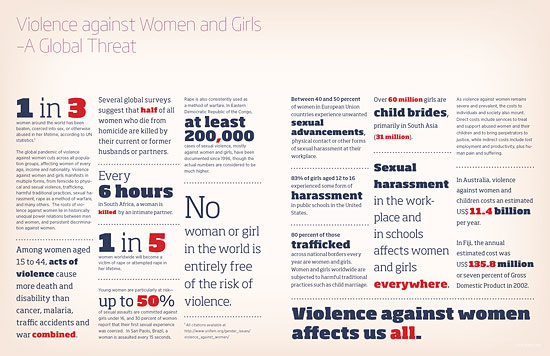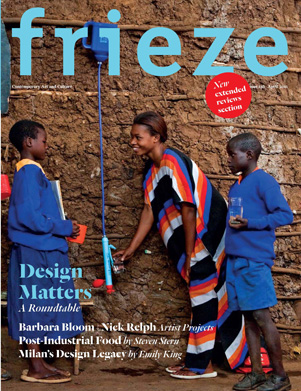April 2011

 In Action Comics #900, Superman considers renouncing his US citizenship: “I’m tired of having my actions construed as instruments of US policy,” the character says in a story that sees him flying to a Tehran protest. “‘Truth, justice and the American way’ — it’s not enough anymore. The world is too small, too connected.” It’s an interesting marketing move laying the groundwork for stories to come, though is less critical of American policy than it seems — after all, the US sends its brigades abroad under a self-proclaimed banner of truth and justice. (And isn’t supporting Iranian protesters the US position?)
In Action Comics #900, Superman considers renouncing his US citizenship: “I’m tired of having my actions construed as instruments of US policy,” the character says in a story that sees him flying to a Tehran protest. “‘Truth, justice and the American way’ — it’s not enough anymore. The world is too small, too connected.” It’s an interesting marketing move laying the groundwork for stories to come, though is less critical of American policy than it seems — after all, the US sends its brigades abroad under a self-proclaimed banner of truth and justice. (And isn’t supporting Iranian protesters the US position?)Good in School
Last month, GOOD posted this write-up about an increasing number of graduate design programs focused design for social impact. There’s more to say on this, but in the meantime, no need to wait for grad school — why not start a student-run Design for America studio on your own campus? DfA’s previous projects focus on childhood diabetes, hospital-acquired infections, cafeteria water conservation, and children with post-war stress.

 Tomás wrote in about an Earth Day campaign he worked on for Cascos Verdes in Argentina. Upload a picture of yourself through this Facebook app to join a massive, virtual group hug!
Tomás wrote in about an Earth Day campaign he worked on for Cascos Verdes in Argentina. Upload a picture of yourself through this Facebook app to join a massive, virtual group hug!Native Signs

Signs in Bemidji, Minnesota used to read “No Indians Allowed.” Now local businesses increasingly announce their facilities in both English and Ojibwe.
Racism and social exclusion have a long history in the town, but as Tanya Lee writes, a 2005 proposal to voluntarily incorporate Ojibwe words on public signage is having a growing impact:
The idea came in part from Hawaii, where [Michael] Meuers had lived for a year in the 1960s. On the islands, he recalled, native language and culture are a part of everyday life for everyone, as the familiarity with words such as mahalo, luau, aloha, lei and hula prove. On restroom doors, the words men and women are displayed in English and in Hawaiian.
In 2005, a student at Red Lake High School, a school for Red Lake students run by the state of Minnesota, opened fire on the campus with a shotgun and a semiautomatic pistol, killing seven.
“The next day, I was talking to the city manager and noticed a Red Lake flag on a shelf,” Meuers said. “I was working for the tribe at that point and I suggested the city fly the flag. The Red Lake flag flew at half-staff outside City Hall for a week. I never heard so many positive comments about Bemidji. It was the people of the city saying, ‘Bemidji is crying for the Red Lake babies too.’ ”
This prompted Meuers to take his simple idea about the bathroom signs to Shared Visions, a community organization dedicated to addressing the issues of racial disparity and bias. Rachelle Houle served with Meuers on the Cultural Understanding and Respect Committee, and together they set the goal of placing restroom signs in both Ojibwe and English in 20 businesses within a year. Meuers volunteered to pay for the signs.…
“Michael and I both feel a change happening here,” Houle said. “For so long, the Ojibwe culture and people have not been respected here. This is a way of saying, ‘You are valuable.’ It’s a way of showing respect and making people welcome in Bemidji.”…
[Dr. Anton Treuer, professor of Ojibwe at Bemidji State University] says the university has received many calls and e-mails about how to replicate the [universty’s signage] program, and he believes it can serve as a template for other tribes. “We were taking our signs around town when we started,” Meuers said, “and now people are coming to us, not only from the U.S. but also from Canada.”
Violence Against Women
This spread was cut from a recent project of mine — the client revised the text to incorporate the data throughout the book — but I thought it was urgent so am posting it here. Click below to download a PDF version. Feel free to use it.
Social Design in frieze
The international art magazine frieze put social design on the cover of this month’s edition. The cover story is a roundtable discussion I participated in about design and social responsibility. It’s a fairly critical look, touching on ethics, design education, and public policy. Issue #138 is on the stands now, or you can read the discussion online here.
Type and Nation, 6
In the introduction to Seeing Like a State: How Certain Schemes to Imporve the Human Condition Have Failed, James C. Scott writes:
Originally, I set out to understand why the state has always seemed to be the enemy of “people who move around,” to put it crudely. In the context of Southeast Asia, this promised to be a fruitful way of addressing the perennial tensions between mobile, slash-and-burn hill peoples on one hand and wet-rice, valley kingdoms on the other. The question, however, transcended regional geography. Nomads and pastoralists (such as Berbers and Bedouins), hunter-gatherers, Gypsies, vagrants, homeless people, itinerants, runaway slaves, and serfs have always been a thorn in the side of states. Efforts to permanently settle these mobile peoples (sedentarization) seemed to be a perennial state project—perennial, in part, because it so seldom succeeded.
The more I examined these efforts at sedentarization, the more I came to see them as a state’s attempt to make a society legible, to arrange the population in ways that simplified the classic state functions of taxation, conscription, and prevention of rebellion. Having begun to think in these terms, I began to see legibility as a central problem in statecraft. The premodern state was, in many crucial respects, partially blind; it knew precious little about its subjects, their wealth, their landholdings and yields, their location, their very identity. It lacked anything like a detailed “map” of its terrain and its people. It lacked, for the most part, a measure, a metric, that would allow it to “translate” what it knew into a common standard necessary for a synoptic view. As a result, its interventions were often crude and self-defeating.
It is at this point that the detour began. How did the state gradually get a handle on its subjects and their environment? Suddenly, processes as disparate as the creation of permanent last names, the standardization of weights and measures, the establishment of cadastral surveys and population registers, the invention of freehold tenure, the standardization of language and legal discourse, the design of cities, and the organization of transportation seemed comprehensible as attempts at legibility and simplification. In each case, officials took exceptionally complex, illegible, and local social practices, such as land tenure customs or naming customs, and created a standard grid whereby it could be centrally recorded and monitored.
Standarization of script seems to fit right in line with this. Not just under the pretense of forging national identity, citizen-ship, encouraging citizens to read and participate in the State, but enabling the State to read its citizens.



